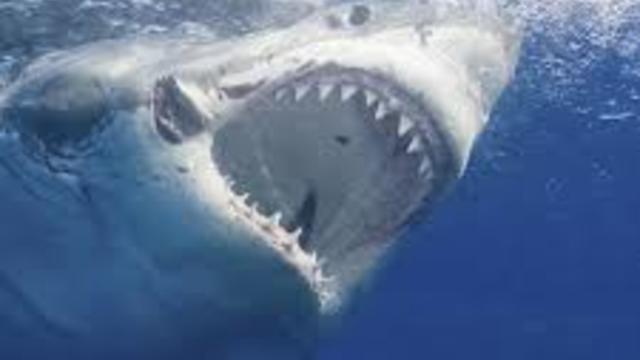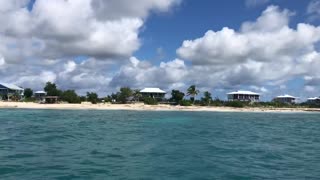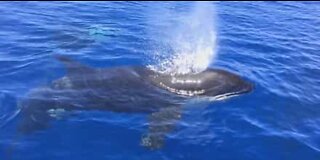Premium Only Content

Diving with the massive creatures of the ocean compilation
Divers from around the world will attest that diving with the larger animals in our seas is on their bucket list or “was an incredible experience”. Stuart from Vancouver British Columbia Canada has had an incredible year of doing just that, diving with the monsters of the ocean. Stuart ventured out to Guadalupe Island aboard a live aboard diving charter yacht and had the incredible experience of not only seeing Great White sharks in the wild, but getting down into the water with them. Guadalupe Island is a volcanic island located 241 kilometres (150 mi) off the west coast of Mexico's Baja California Peninsula and some 400 kilometres (250 mi) southwest of the city of Ensenada in the state of Baja California , in the Pacific Ocean. You will see in the video, they are massive animals, yet so graceful moving about their domain. You can also see some have some nasty scars, these are mainly on the females caused by the males during mating season.
Stuart’s next adventure was out to the Islands of Socorro, once again aboard a live aboard diving yacht as these Islands in the Revillagigedo Islands, a Mexican possession lying some 600 kilometres (370 mi) off the country's western coast. Here is where all the divers had the opportunity to make some amazing memories. From Stuart’s footage you can see just some of these memories, incredibly massive whale sharks over 40 feet long that are filter feeders, meaning It feeds on plankton including copepods, krill, fish eggs, Christmas Island red crab larvae and small nektonic life, such as small squid or fish. It also feeds on clouds of eggs during mass spawning of fish and corals. Other monsters Stuart saw are the Giant Manta Rays which are the largest rays in the world. The giant oceanic manta ray can grow to a disc size of up to 7 m (23 ft) across with a weight of about 1,350 kg (2,980 lb) but average size commonly observed is 4.5 m (15 ft).These Giant Mantas are also filter feeders and consume large quantities of zooplankton in the form of shrimp, krill, and planktonic crabs. An individual manta may eat about 13% of its body weight each week. When foraging, it usually swims slowly around its prey, herding the planktonic creatures into a tight group before speeding through the bunched-up organisms with its mouth open wide.
Stuart sure did get some incredible footage during these trips allowing all of us to get into the world of the ocean below the waves.
How cool would this be to do yourself? It is all possible !!!
-
 1:08
1:08
KristysWorld
5 years ago $0.01 earnedOcean creatures eat beneath the waves
1.85K3 -
 0:09
0:09
rachsmyth
5 years agoDiving into the Caribbean Ocean in Barbuda
37 -
 0:34
0:34
Buzzvideos - EN
5 years agoDog is obsessed with massive sticks
27 -
 1:45
1:45
Pacific Coast Hunters
5 years agoSpearfishing - Big Sur Diving with New Friends
54 -
 4:19
4:19
Westh2o
5 years agoA Surprise Diving Encounter with a Giant Humpback Whale
98 -
 0:59
0:59
Buzzvideos - EN
5 years agoMan lives with four massive pythons
98 -
 1:14
1:14
Buzzvideos - EN
5 years agoOrcas play with a rare ocean sunfish
74 -
 10:39
10:39
2nd Amendment & Thin Blue Line TV UNCENSORED
5 years agoPolice Pursuit Compilation with Some International Flavor...
61 -
 1:05
1:05
Buzzvideos - EN
5 years agoDiver swims with giant ocean sunfish
25 -
 0:29
0:29
Timos
5 years agoFishing in ocean with friend
1321